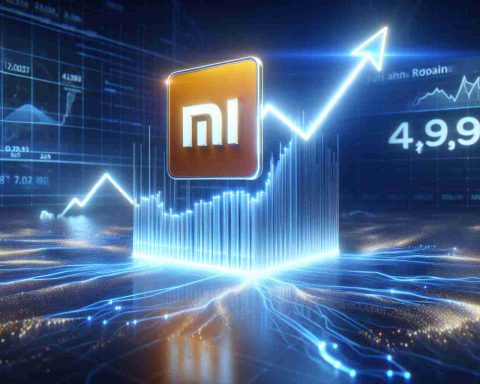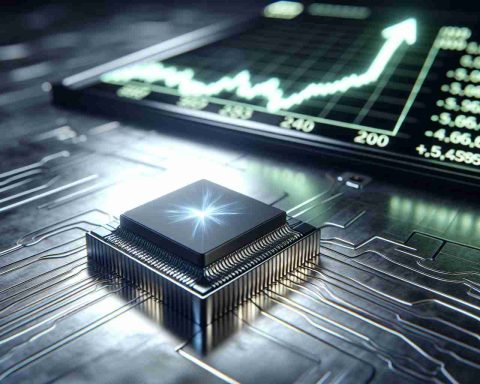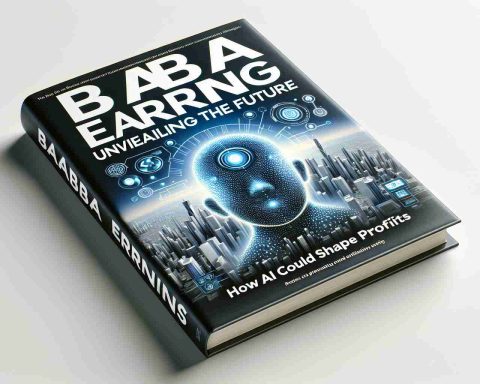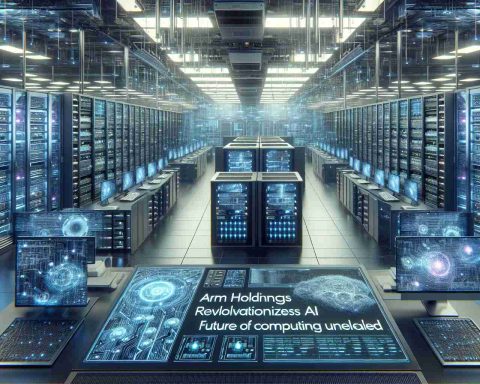- Morgan Stanley’s “Humanoid 100” list highlights companies poised to excel in the humanoid robotics market.
- Companies are categorized into “Brain,” “Body,” and “Integrators,” each fulfilling distinct roles in robotics development.
- Asia accounts for 56% of the featured companies, positioning it as a hub for robotics innovation.
- Investor interest is surging, primarily due to advancements in embodied AI presented by industry leaders.
- Potential challenges include high production costs and navigating regulatory landscapes.
- Early investment in this sector may yield significant returns as humanoid robots transform economies.
Prepare to dive into the future with Morgan Stanley’s groundbreaking “Humanoid 100” list, spotlighting the companies set to thrive as humanoid robots revolutionize our world. As the realm of artificial intelligence leaps from mere software into tangible robotic forms, savvy investors are eagerly identifying opportunities within this booming market.
This carefully curated list divides companies into three electrifying categories: “Brain,” “Body,” and “Integrators.” The “Brain” segment features visionary leaders like NVIDIA, Alphabet, and Microsoft, who are engineering the powerful AI models that fuel robotic intelligence. In the “Body” category, innovators such as Tesla, ABB, and LG Energy Solution are supplying the critical hardware necessary for advanced humanoid functions, including sensors and batteries.
With a striking 56% of these pivotal companies based in Asia, the region is fast becoming the epicenter of robotics manufacturing. The “Integrators” category shines a light on trailblazers like Tesla and Hyundai (in partnership with Boston Dynamics), who are actively crafting the humanoid robots of tomorrow.
Fueled by a surge of interest—especially after a compelling presentation by NVIDIA’s CEO on embodied AI—institutional investors are flocking to this sector, craving a slice of the action. However, challenges like production costs and regulatory hurdles loom ahead.
Despite uncertainties, forward-thinking investors who get in early could harness incredible returns as humanoid AI reshapes the economic landscape. The race into a robotic future has begun—will you be part of it?
Humanoid Robots: The Future of Investment and Innovation!
As we stand on the precipice of a technological revolution, the emergence of humanoid robots is not just a concept of science fiction but a burgeoning reality. With reports like Morgan Stanley’s “Humanoid 100,” they are mapping the future landscape of companies poised to thrive in this transformative sector. Below we explore some of the key aspects that investors and enthusiasts should consider.
Market Insights and Trends
1. Market Forecasts:
– The global humanoid robotics market is anticipated to reach approximately $10 billion by 2025, growing at a CAGR of over 40%. The increasing adoption in healthcare, manufacturing, and service industries is driving this growth.
2. Limitations:
– Despite the rapid advancements, humanoid robots face significant hurdles, such as limited battery life, high production costs, and ethical questions regarding AI decision-making.
3. Sustainability:
– As we embrace this technology, sustainability is becoming a priority. Companies are exploring eco-friendly materials and energy-efficient designs to ensure that the robots of the future are not only functional but also environmentally friendly.
Top 3 Related Questions
# 1. What are the key use cases for humanoid robots?
Humanoid robots are being designed for various applications, including personal assistants in homes, healthcare aids for the elderly, and factory workers that can handle repetitive tasks more efficiently. Their adaptability and ability to perform a range of functions make them suitable for multiple industries.
# 2. Which companies are leading the charge in humanoid robotics?
Notable players include NVIDIA for AI models, Tesla for integration and manufacturing, and Boston Dynamics for pioneering mobile robotic technology. Partnerships among these companies significantly enhance innovation and bring forth sophisticated humanoid robots.
# 3. How can investors approach the humanoid robotics market?
Investors should consider diversification across the three categories—“Brain,” “Body,” and “Integrators.” Staying informed about regulatory changes and technological advancements is key to making sound investment choices. Moreover, investing in funds that specifically target robotics and AI may offer a more secure entry point into this volatile sector.
Innovations and Features
The innovation landscape in humanoid robotics is vast. Companies are developing advanced features such as:
– Improved AI: Enhanced machine learning capabilities allowing for better human interaction and task execution.
– Advanced Mobility: Robotics that can navigate complex environments and perform tasks with greater agility.
– Sensory Technology: Robots equipped with high-definition cameras, LIDAR, and touch sensors to interact safely and efficiently with their surroundings.
Security Aspects
As humanoid robots become integrated into daily life, security concerns regarding data privacy and cybersecurity become paramount. Ensuring robust encryption and secure communication protocols will be necessary to protect user data and prevent unauthorized access.
Suggested Links
For more in-depth exploration into this fascinating topic, visit:
– Morgan Stanley
– NVIDIA
– Boston Dynamics
In conclusion, the trajectory of humanoid robotics is set for explosive growth, driven by cutting-edge technology and strategic investments. Those who seize the opportunity now might just find themselves at the forefront of a revolution.























